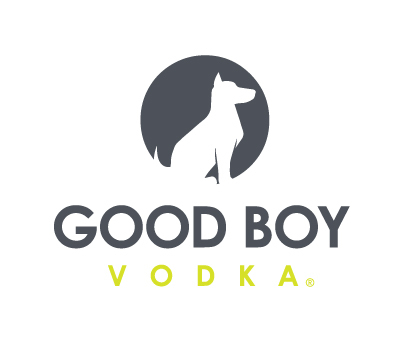VMG Consumer Acquisition Corp Files for $200M IPO

VMG Consumer Acquisition Corp, a blank-check company formed by Investment firm VMG Partners, filed on Friday with the SEC to raise up to $200 million via an initial public offering.
What Is VMG Consumer Acquisition Corp?
Based in San Francisco, VMG Consumer Acquisition Corp (VCAC) is an offshoot of VMG Partners, a consumer products focused investment group.
VCAC is led by it’s newly hired CEO Aarti Kapoor, a former banker at Goldman Sachs, alongside chairman Michael Mauzé, a co-founder of VMG Partners. The company’s board of directors includes Jasmin Allen, SVP and GM of the Hennessy portfolio of brands; Lowell Singer, CFO of Acrisure; and John Toth, CFO of BarkBox. Its board advisors includes Melissa Baird, COO at Hims & Hers; Amy Ferris, Chief Growth Officer at Varo Bank; Michael Steib, CEO of Artsy; and Jesse Timmermans, CFO of REVOLVE.
Over the 15 years since its inception, VMG Partners has executed more than $1.7 billion in investments across 60 brands, the filing notes, giving it extensive experience in evaluating deals, scaling businesses and achieving financial returns, the filing notes. In addition to the five VMG Growth Funds, which invest in consumer brands, the VMG team also has recently launched VMG Catalyst, a fund investing in digital products, services, marketplaces and technologies.
What’s the Target Look Like?
VCAC’s goal is to acquire a North American consumer brand that can speak to themes including: “health & wellness, omnichannel distribution, sustainability & social impact, and the success of challenger brands.”
The filing states that VCAC will seek a target that can assist consumers in making healthier lifestyle choices; the documents reference a recent survey by McKinsey & Company which found that 79% of consumers believe wellness is important, and 42% consider wellness a top priority. However, rather than just fitness and nutrition related categories, the prospectus notes, this could also include mental health, sexual health, sleep and recovery. Alternatively, the target could simply be “better-for-you,” the document states, offering “cleaner ingredient profiles and other improvements to conventional offerings.”
Although the filing states that about 85-90% of consumers still largely prefer buying products in-store, VCAC will seek to merge with a company that also prioritizes digital interactions with consumers, be it through ecommerce, social media, or content creation. Still, the company states in the prospectus, the importance of brick and mortar stores cannot be underestimated.
“A recent study highlights that brick-and-mortar stores (or product placement within brick-and-mortar stores) form a ‘halo effect’ for subsequent online purchase,” The filing states. “Normalized for an initial $100 spend, consumers who first purchased in-store were found to have subsequently spent $267 online, while those who first purchased online spent only $231 when they switched to in-store.”
Sustainability and social mission of a target will also be key, with the filing noting that consumers are looking more holistically at brands and believe companies can be a force for social change. This is particularly important to millennial shoppers, but even still, the majority of all consumers research companies’ socio-political and environmental claims and state they would boycott a company that does not align with their beliefs.
Finally, the filing states that VCAC will look to acquire an emerging brand that can challenge larger category incumbents through disrupting industry norms via product innovation, new business models or “novel ways of connecting with the consumer. This “challenger” nature is important, VCAC believes, in order to see financial success.
“From 2016 to 2020, leading brands in each consumer goods category have generated only 25% of the total category growth despite representing 50% of sales. During the same period, small/medium size brands have generated 45% of the category growth while representing only 32% of sales,” the filing states. “Of the CPG industry’s $933 billion of total US sales in 2020, large manufacturers lost $12 billion in sales to smaller players due to a confluence of channel shifts, supply constraints and category shifts.”
















